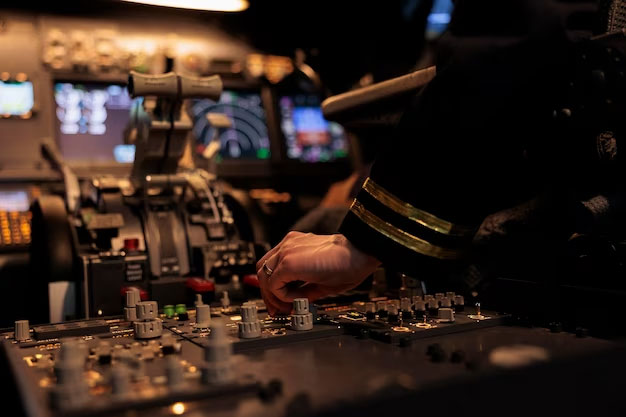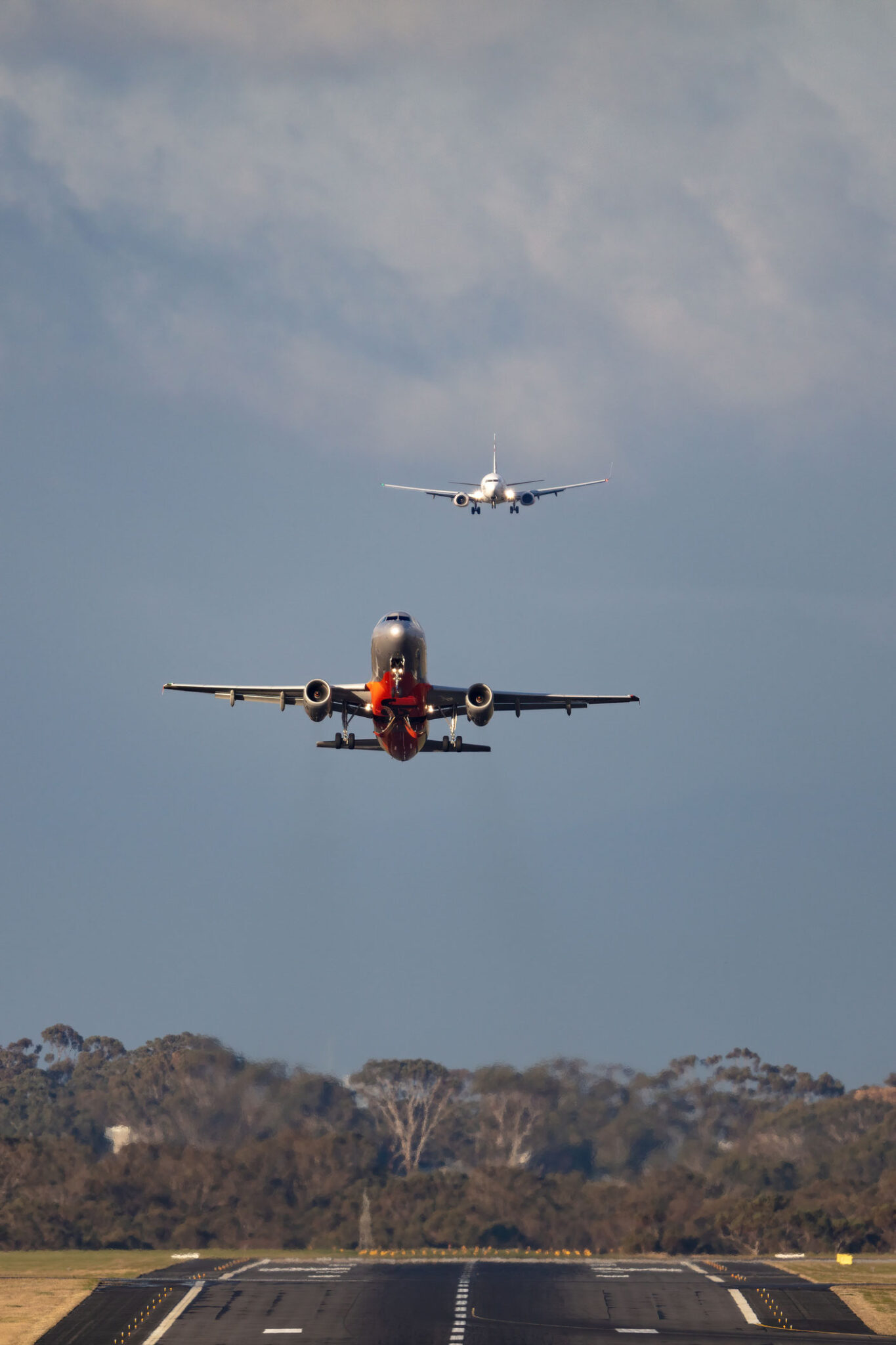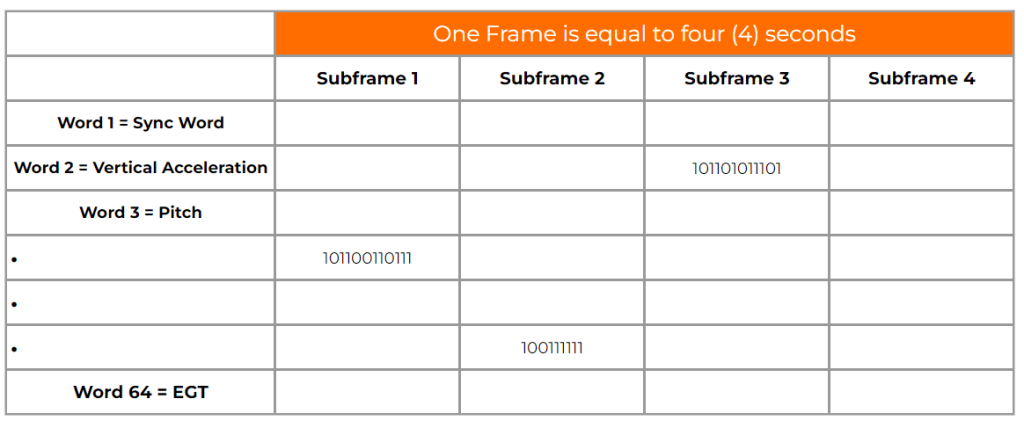Introduction to
Flight Data Monitoring
FDM 101
Master the basics of FDM/FOQA
Starting up an FDM program or outsourcing it? You still need to be in the know! In this course, you’ll review the essentials of FDM planning & preparation, implementation & operations, continuing operations, aircraft system parameter filtering/processing, event algorithms & detection, and also risk assessment. We’ll cover all the FDM prerequisites, organizational minimums, and associated international regulations, so you can rest knowing that your program is in compliance. Last but not least, you’ll become acquainted with 2D parametric validation, 2D trace analysis, and the interpretation of flight data in engineering units, which will do wonders for your analytical skills.
Build or monitor your FDM program more accurately.
Reduction in False Positives
By learning and applying our ‘smart algorithm’ methodology for event detection programming, you’ll reduce the # of false positives detected by your FDM software
Enhanced Monitoring
Become proficient in event threshold and monitoring window usage to reduce the amount of man-hours expended on manual data validation
FDM Metric Development
Wouldn’t it be nice to have a set of metrics which measures your SOP, limitations, regulatory, and performance compliance? This is just a subset of what you’ll learn in this course

Several Airline FDM and FOQA programs lack the programming robustness to eliminate false positives, inaccurate event detection, and the affects of parameter deprivation.
- Case 1 (false positives): An airline suffers from an excessive amount of high speed taxi events because the FDM software can’t differentiate between a high speed taxiway exit and a standard exit. Solution: We have a course module which focuses on aerospace charts, airport configuration, and database synchronization to eliminate these sort of false positives.
- Case 2 (inaccurate event detection): – 1 second matters when it comes to exceedance duration and event detection, especially when various recorded parameters are undersampled. Midway through the course you’ll acquire the knowledge of sampling theory to improve the accuracy of your event detection, which will aid you in upgrading or expanding your recording dataframe.
- Case 3 (parameter deprivation): An airline’s aircraft does not record the air/ground parameter. As such, several events trigger unnecessarily due to the FDM software’s inability to differentiate between the air and ground mode. You’ll learn how to circumvent parameter deprivation by replacing missing parametric data with pseudo parametric programming.
“What an amazing methodolgy for teaching FDM. I thought it would be a standard “death-by-powerpoint” course. Instead, to my surprise, I ended up flying a 737NG sim in the class and generating actual FDM output data for analysis. This gave me the opportunity to intentionally exceed event limits during the flight, which provided me with a thorough understanding and a new view point regarding how caution, warning, & alert event levels should be programmed. I would highly recommend this course for all FDM/FOQA & Safety departments around the globe!”
Abu Hanifah
FDM/FOQA Analyst & Consultant





